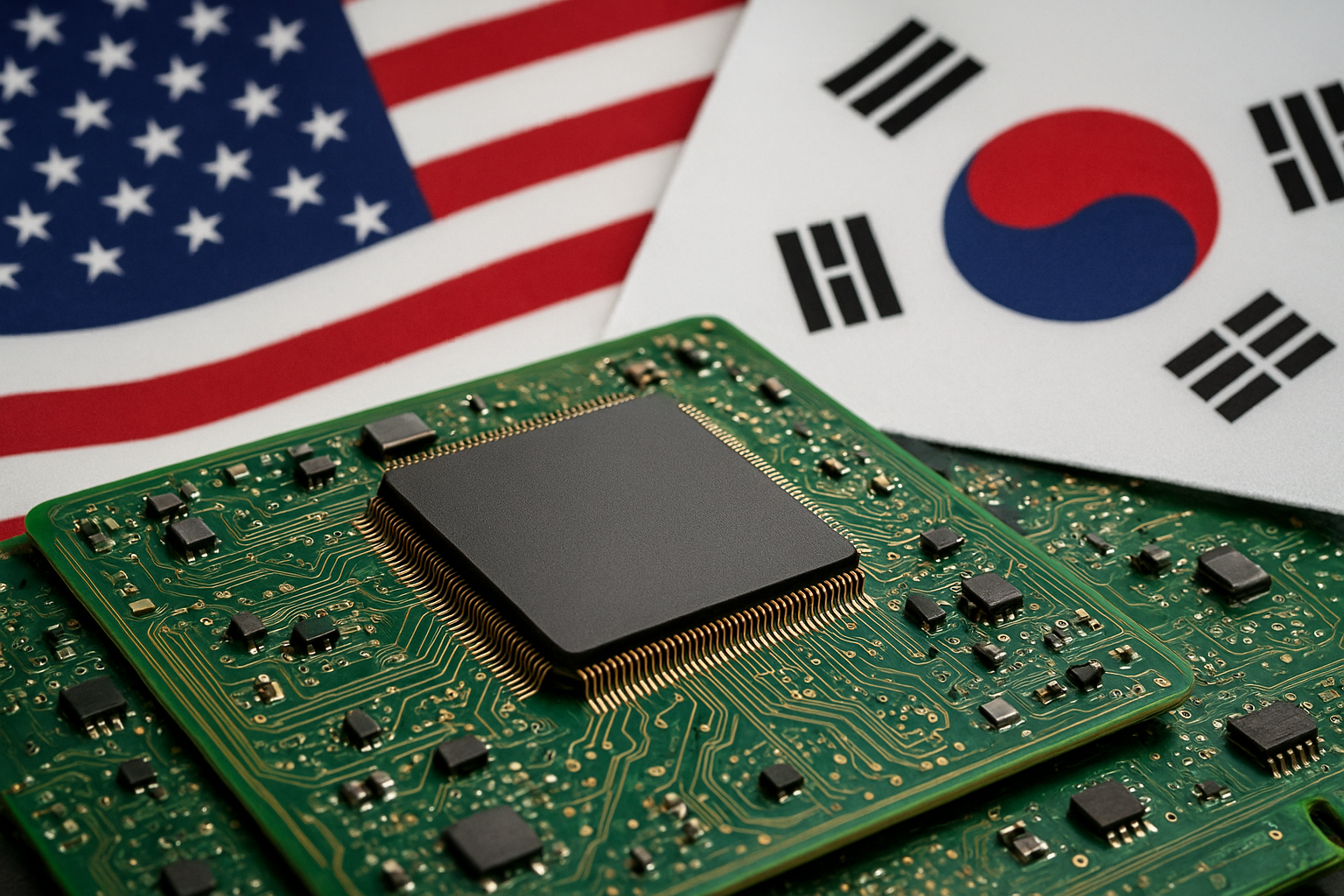Generative AI has rapidly become one of the most exciting frontiers in technology, promising to revolutionize how we create, interact with, and consume content. From writing code to generating art, music, and text, the applications of generative AI are vast, making it a hotbed for investment opportunities. This article explores the landscape of generative AI investment, highlighting key stocks to watch in this burgeoning sector.
What is Generative AI?
Generative AI refers to a subset of artificial intelligence that involves algorithms capable of generating new content, such as text, images, audio, or even entire videos, from scratch or based on input data. Technologies like OpenAI’s ChatGPT, Dall-E, and Google’s Bard are prime examples of what generative AI can achieve, showcasing its potential across various sectors.
The Investment Appeal of Generative AI
- Market Growth: The generative AI market is expected to expand significantly. According to market research, generative AI could reach a market size of nearly $1 trillion by the end of the decade, driven by its application across industries like entertainment, advertising, software development, and healthcare.
- Innovation and Efficiency: Generative AI tools can automate creative processes, speed up content creation, and reduce costs, making them highly attractive for businesses looking to innovate.
- Competitive Advantage: Companies that integrate generative AI into their offerings can gain a significant edge by personalizing customer experiences or accelerating product development.
Stocks to Watch in the Generative AI Sector
Here are some notable stocks that are either directly involved in generative AI or are positioned to benefit from its growth:
- Nvidia (NVDA):
- Microsoft (MSFT):
- Alphabet (GOOGL):
- Adobe (ADBE):
- SoundHound AI (SOUN):
- C3.ai (AI):
- Marvell Technology (MRVL):
Investment Considerations
- Risk and Volatility: The AI sector, including generative AI, can be volatile due to rapid technological changes, regulatory uncertainties, and the need for continuous innovation.
- Long-term Perspective: Many of these investments require a long-term view, as the full integration and monetization of AI technologies might take years.
- Diversification: Given the speculative nature of some AI investments, diversifying across several companies or considering AI-focused ETFs could mitigate risk.
Conclusion
Generative AI stands at the cusp of transforming numerous industries, making it an intriguing area for investors. The companies listed above are actively harnessing or supporting this technology, positioning themselves for potential growth as AI becomes more embedded in daily life and business operations. However, investors should conduct thorough due diligence, considering not only the technological promise but also the economic, ethical, and regulatory landscapes that will shape the future of AI. Remember, investing in emerging tech like generative AI is as much about understanding the technology’s potential as it is about navigating its challenges.





